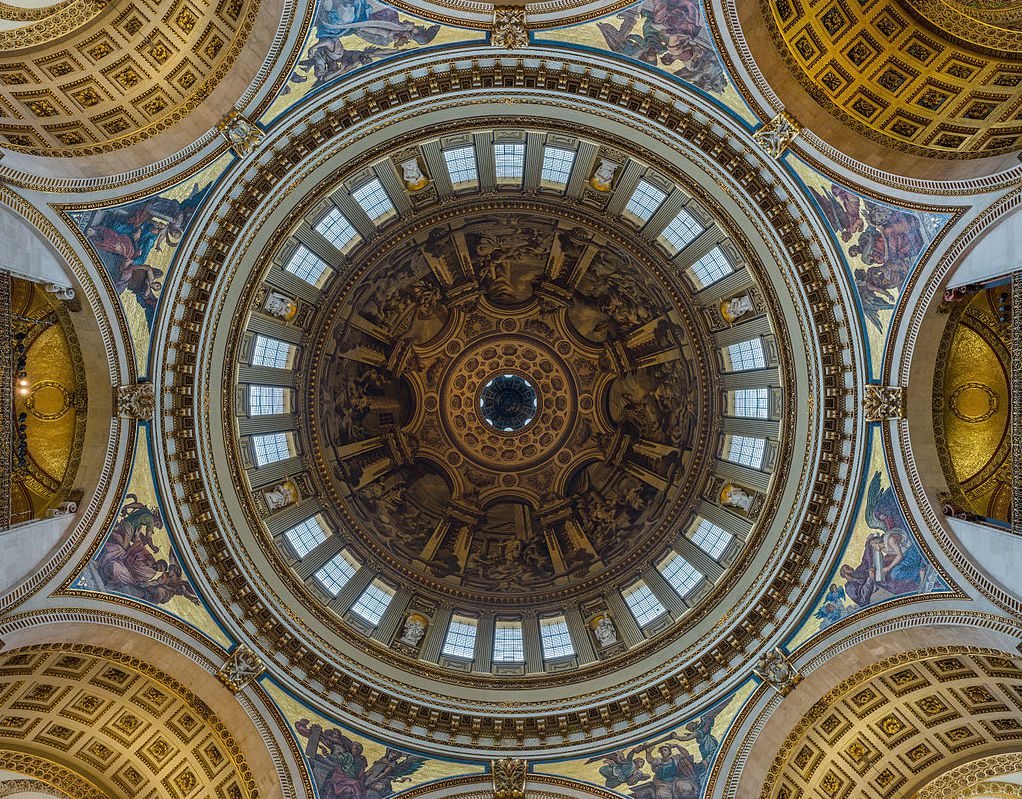This content discusses the pivotal role of religion in shaping art and architecture. It elaborates on how religion dictates the symbolism, establishes historical context, and portrays religious narratives in both art and architecture. Furthermore, it addresses how religion emphasizes sacred spaces, provides a medium for worship, and accentuates religious hierarchies. The content also underscores how religious art and architecture encourage devotion and spiritual reflection, affirm cultural identity, aid in religious education, and embody aesthetic principles. In essence, it explores the profound connection between religion, art, and architecture in a comprehensive manner.
1. Dictates the Symbolism
Religion undeniably influences the symbolism inherent in both religious art and architecture. A religion’s symbols, narratives, and characters are principal to its art as they portray its doctrines, traditions, and beliefs. For example, in Christian art, the cross is a prevailing symbol, representing Jesus’s sacrifice for the redemption of humanity. Simultaneously, in Islamic art, calligraphy often replaces human figures to depict passages from the Quran. These symbols don’t only tell stories about a faith; they also allow followers to connect more deeply with their religion.
2. Establishes a Historical Context
Religious art and architecture are often created in direct alignment with a religion’s historical context. They serve as a visual history, reflecting the significant religious events, practices, rituals, and personalities of the era in which they were created. For example, Gothic cathedrals with their tall spires, stained glass windows, and imposing facades, are historically significant as they reflect the religious aspirations of the medieval European society.
3. Portrays Religious Narratives
Art and architecture are efficiently used as means to narrate religious stories. For instance, biblical scenes are common in Christian art and architecture, serving as visual narratives that help inspire devotion and understanding among the faithful. In Buddhist art, prophetic events from Buddha’s life like his birth, enlightenment, first sermon, and death are often depicted on stupas and murals.
4. Emphasizes Sacred Spaces
Religion enormously shapes the concept and design of sacred spaces. Many religions consider certain locations or spaces to possess a greater spiritual significance. These locations are often emphasized through extraordinary architectural designs or symbolic artistry. For example, in Hindu temples, the sanctum sanctorum is considered to be the most sacred space, where the deity resides, and is designed with grandeur and intricate details.
5. Provides a Medium for Worship
Religious art and architecture often serve as mediums for worship. Various elements that are crafted with artistic and architectural splendor like statues, icons, altarpieces, and temples play a crucial role in religious rituals and ceremonies. They provide a tangible link between the devotees and the divine, facilitating a sense of spiritual connection.
6. Highlights Religious Hierarchies
Religious art and architecture often reflect the hierarchical structures within a religion. For instance, the depiction of religious figures with halos in Christian art signifies their holy status. Similarly, architectural elements like the size of temples, churches, or mosques can represent the significance or power of the congregation it serves.
7. Encourages Devotion and Spiritual Reflection
Religious art and architecture often aim to inspire devotion, reverence, and spiritual reflection among the faithful. They evoke a sense of mystery and divinity that can deeply touch the observer’s spiritual senses. For instance, the mystical stained glass windows of old churches or the serene Buddha statues in Buddhist temples encourage introspection and contemplation.
8. Affirms Cultural Identity
Religious art and architecture do not only express spiritual ideas; they also affirm cultural identity. They serve as visual cues linking religious communities to their traditional customs. For instance, the minarets, domes, and geometric patterns of Islamic architecture profoundly reflect Arab culture.
9. Aids in Religious Education
Religious art and architecture facilitate religious schooling by providing visual representations of religious teachings and stories. The embellished murals in temples or churches depicting various religious events serve as pedagogical tools to enlighten the followers about their faith’s history and theology.
10. Embodies Aesthetic Principles
Lastly, religious art and architecture embody aesthetic principles that reflect a religion’s views about beauty and divinity. They not only cater to spiritual needs but also to humans’ innate craving for beauty. From the awe-inspiring symmetry of Islamic architecture to the profound simplicity in Zen Buddhist art, aesthetic principles intermingle with religious tenets to create art and architecture that transcend the temporal world.
